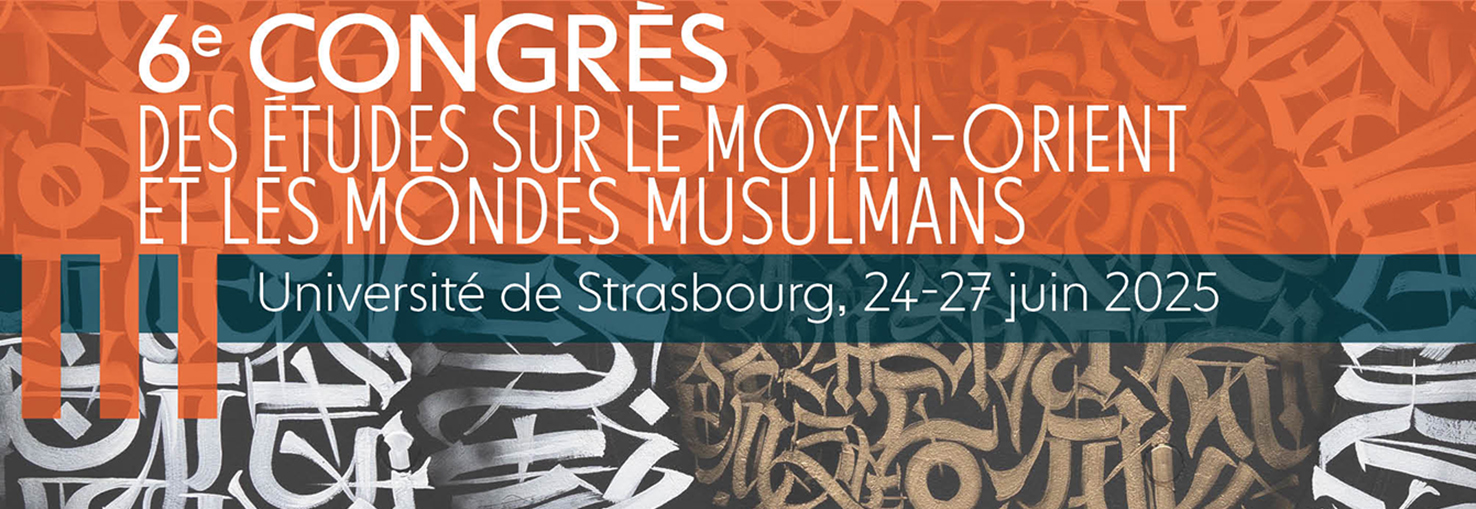Jeudi 26 juin 2025, 17h30-19h30, Salle 3202
RESPONSABLES :
Romeo Carabelli (Université de Tours, Citeres EMAM, UMR 7324, CNRS & UT)
Jérôme Bocquet (Université de Tours, Citeres EMAM, UMR 7324, CNRS & UT)
INTERVENANTS :
Mohammed Hadjiat (ENSA de Strasbourg) : L'église de Tlemcen, un lieu de culte au service de la colonisation de l'Algérie
The Tlemcen church, a place of worship serving the colonization of Algeria
Pauline Raillot (ENSA Paris-La Villette, Laboratoire AHTTEP) : Entre exploitation minière et stratégie militaire : Les chapelles de Boutazoult et Boulhaut
Between mining and military strategy: The chapels of Boutazoult and Boulhaut
Mariangela Licodari (MiC, Ministère de la Culture, Italie) : L'église du Sacré-Cœur à Casablanca : Exemple d'architecture chrétienne au Maroc
The Church of the Sacred-Heart in Casablanca: An example of Christian architecture in Morocco
Jérôme Bocquet (Université de Tours, Citeres EMAM, UMR 7324, CNRS & UT) : Les lieux de culte catholiques en Algérie, marqueurs de l'espace urbain après 1962 (Alger, Oran et Constantine)
Catholic places of worship in Algeria, markers of urban space after 1962 (Algiers, Oran, and Constantine)
Mathilde Bielawski (Université Lumière Lyon 2, Ladec)
La reconnaissance patrimoniale des églises de Djerba, fruit de stratégies d'appropriation d'un discours patrimonial dominant
Heritage recognition of the churches of Djerba, the result of strategies to appropriate a dominant heritage discourse
DISCUTANT :
Romeo Carabelli
- Poster




